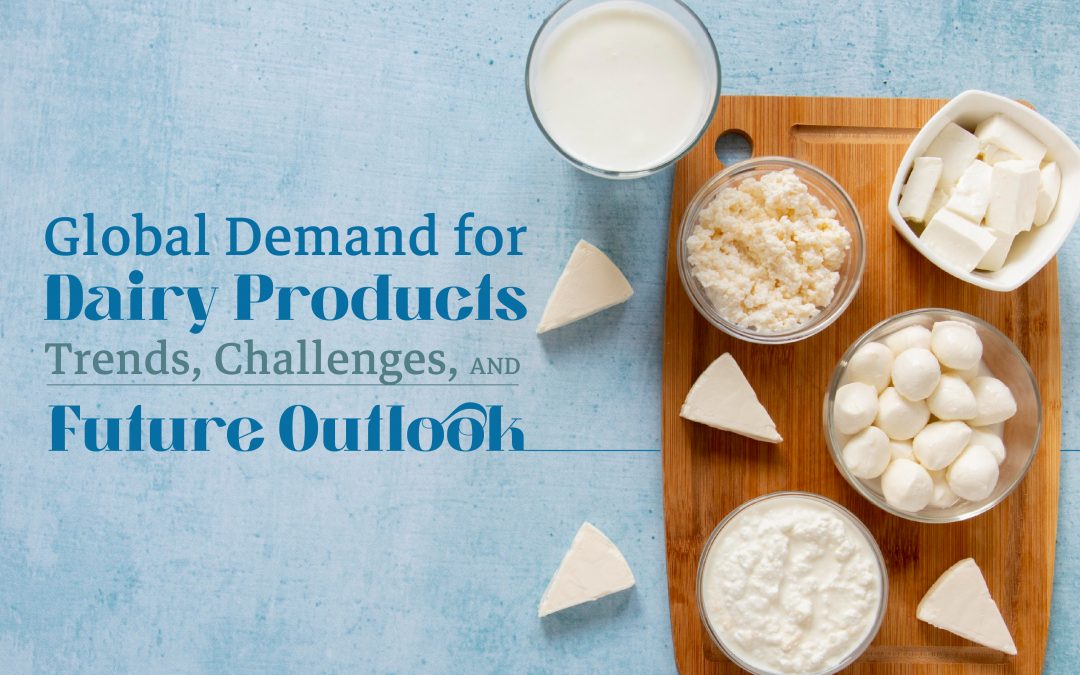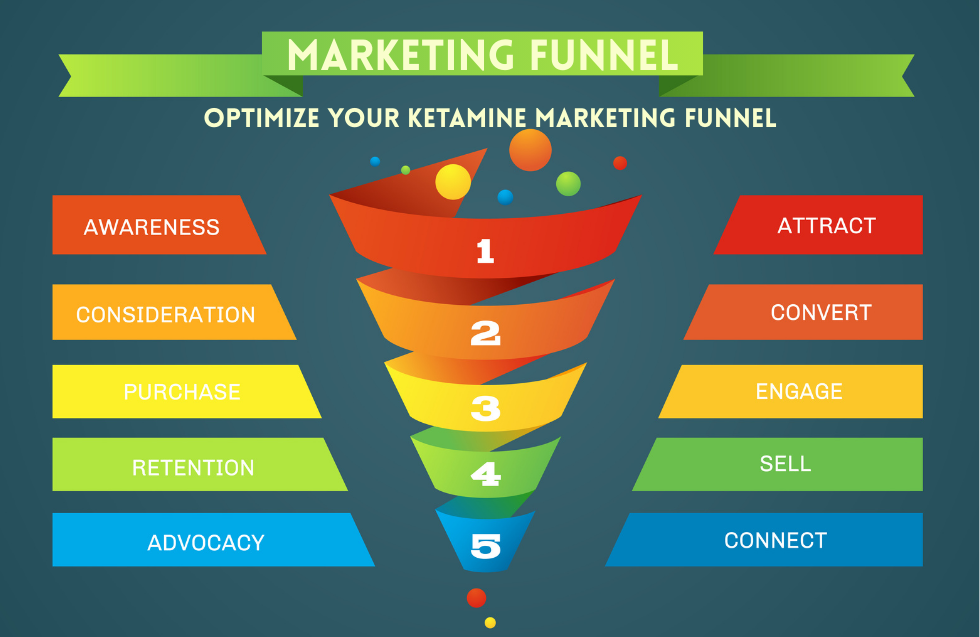The global demand for dairy products is on the rise, driven by population growth, urbanization, and increasing consumer preferences for nutritious foods. Dairy products like milk, cheese, yogurt, and butter have become staple foods in many diets worldwide, contributing to their growing demand. In this blog, we’ll explore the current trends in the global dairy market, the challenges faced by the industry, and what the future holds for dairy consumption, with a focus on key statistics and country-specific insights.
Current Trends in Global Dairy Demand
1. Rising Consumption in Emerging Markets
Emerging markets, particularly in Asia and Africa, have seen a significant increase in dairy consumption. China and India are leading this growth. As of 2023, India is the world’s largest milk producer, accounting for approximately 23% of global milk production. Meanwhile, China’s dairy consumption has been growing at an annual rate of around 5%, with the country’s dairy market expected to reach USD 92.3 billion by 2025.
In Africa, Nigeria’s dairy market is expanding rapidly, driven by urbanization and a young population. The country’s dairy consumption is expected to grow by 7% annually over the next decade.
2. Health and Wellness Trends
Consumers are increasingly aware of the health benefits associated with dairy products. In the United States, the demand for functional dairy products such as probiotic yogurts has surged. The U.S. yogurt market alone was valued at USD 7.4 billion in 2022 and is projected to grow at a CAGR of 5.2% through 2028.
In Europe, the trend towards organic and fortified dairy products is strong. For example, the demand for organic milk in Germany has increased by 10% annually, with the organic dairy market expected to reach EUR 3.7 billion by 2026.
3. Growth of Dairy Alternatives
While traditional dairy products continue to dominate, there is also a growing demand for dairy alternatives. In Western Europe, sales of plant-based milk alternatives have grown by 48% since 2020, with the market expected to be worth EUR 5.2 billion by 2027. Similarly, in the United States, the plant-based dairy market is projected to reach USD 24.3 billion by 2029, driven by increased consumer interest in vegan and lactose-free diets.
4. Increasing Demand for Cheese and Butter
Cheese and butter are seeing increased demand globally, particularly in Europe and North America. The global cheese market was valued at USD 154.3 billion in 2022 and is expected to grow to USD 200.9 billion by 2027, driven by demand in countries like France, Italy, and the United States.
Butter consumption is also on the rise, especially in Asia-Pacific, where it is expected to grow at a CAGR of 5.6% from 2023 to 2028. India is a significant driver of this growth, with butter being a staple in many traditional dishes.
Challenges Facing the Dairy Industry
1. Sustainability Concerns
The dairy industry faces significant challenges related to sustainability. In New Zealand, where dairy farming is a major industry, there is increasing pressure to reduce the environmental impact. The country has committed to reducing its greenhouse gas emissions from dairy by 10% by 2030.
Similarly, in Europe, the EU’s Farm to Fork Strategy aims to make food systems fair, healthy, and environmentally-friendly. This includes reducing the environmental impact of dairy farming, with a target to cut emissions by 30% by 2030.
2. Supply Chain Disruptions
Global supply chain disruptions, exacerbated by the COVID-19 pandemic, have impacted the dairy industry. For example, in Australia, dairy exports have been affected by shipping delays and labor shortages, leading to a 7% drop in dairy export volumes in 2022. However, the Australian dairy industry is expected to recover, with exports projected to grow by 3.5% annually over the next five years.
3. Price Volatility
Dairy prices are subject to volatility due to factors such as weather conditions, feed costs, and geopolitical events. For instance, in 2022, the average global milk price reached a record high of USD 0.55 per liter, driven by supply chain disruptions and increased feed costs. While prices have stabilized, the industry remains vulnerable to future shocks.
4. Health Concerns and Dietary Shifts
In regions like North America and Western Europe, health concerns about lactose intolerance and the fat content in dairy products have led some consumers to seek alternatives. In Germany, for example, the lactose-free dairy market is expected to grow at a CAGR of 6.8% between 2023 and 2028, reaching EUR 1.9 billion by 2028.
Future Outlook for Dairy Products
1. Innovation and Product Diversification
To meet the evolving demands of consumers, the dairy industry is expected to focus on innovation and product diversification. In Japan, the market for functional dairy products is growing rapidly, with companies investing in new products like fortified milk and high-protein yogurt. The Japanese dairy market is projected to grow at a CAGR of 4.1% through 2028.
2. Sustainable Practices
Sustainability will remain a key focus for the dairy industry. In Denmark, for example, dairy producers are investing in sustainable farming practices, with the goal of becoming carbon neutral by 2050. This involves initiatives such as improving feed efficiency, reducing water usage, and adopting renewable energy sources.
3. Digital Transformation
The dairy industry is poised to benefit from digital transformation. In Ireland, for instance, dairy farmers are increasingly using precision farming technologies to optimize production. The adoption of blockchain for supply chain transparency is also on the rise, helping to ensure product quality and safety. The Irish dairy market is expected to grow by 3.2% annually, driven by these technological advancements.
4. Expansion into New Markets
As demand continues to grow in emerging markets, dairy producers will increasingly focus on expanding their presence in these regions. In Africa, the dairy market is projected to grow at a CAGR of 6.5% over the next decade, with Kenya and South Africa leading the way. Dairy producers are likely to adapt products to local tastes and invest in infrastructure to capture these new opportunities.
Conclusion
The global demand for dairy products is strong, driven by health-conscious consumers, rising incomes, and urbanization. However, the industry faces significant challenges, particularly around sustainability and supply chain stability. By embracing innovation, focusing on sustainable practices, and leveraging digital tools, the dairy industry can continue to thrive and meet the growing needs of consumers worldwide. With key markets like India, China, and Africa showing strong growth potential, the future of the global dairy industry looks promising













